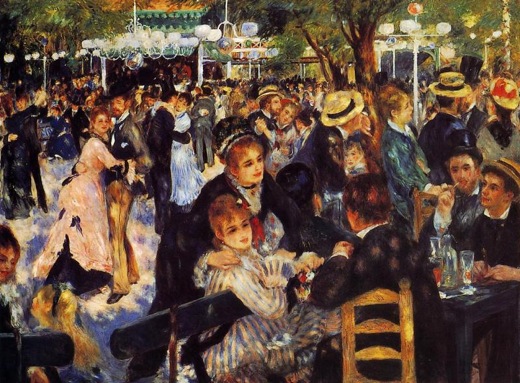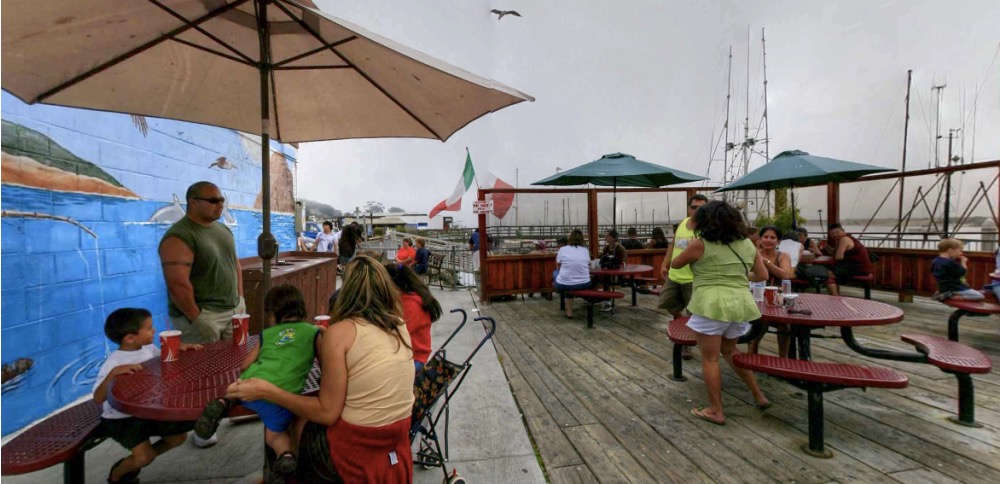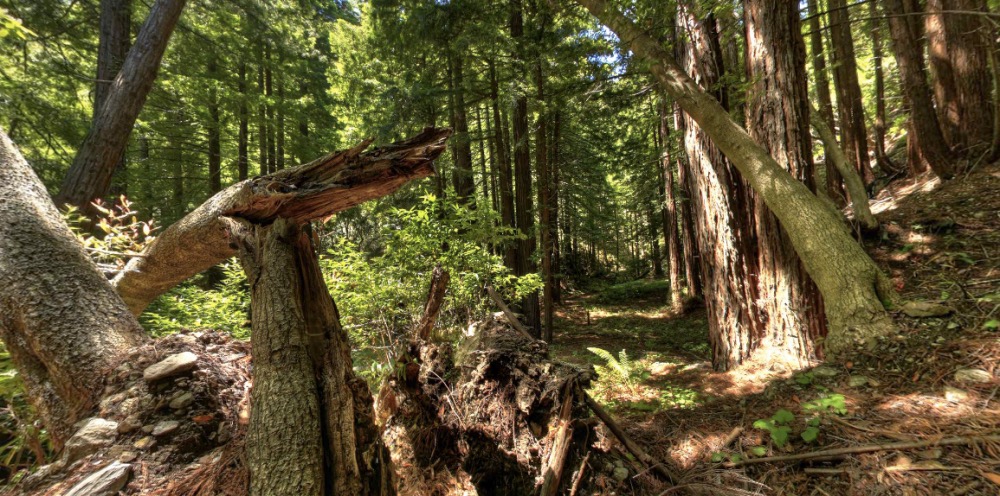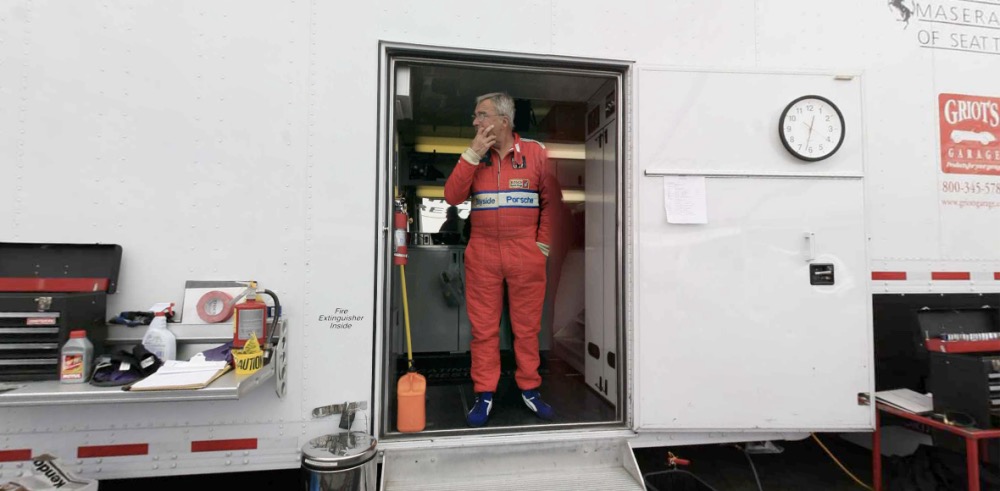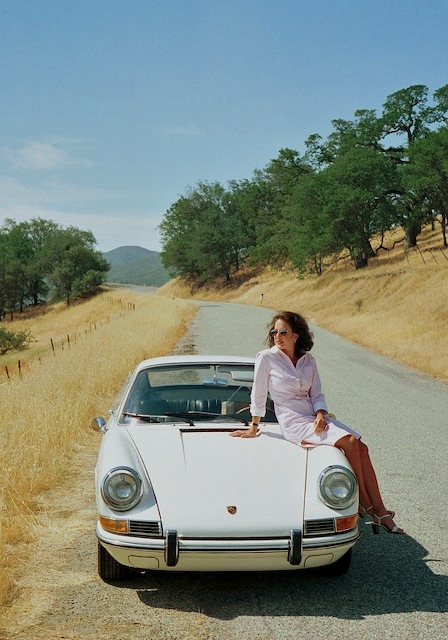The penultimate enhancement.
Well, over the past few days my feet and the tripod’s have been buried in sand and in running water. Five wet feet….
The QTVR + HDR accompanying this column, from Limekiln State Park in central California, despite using three pictures for each of the eight components of the panorama, renders the running water quite nicely. Note also the great shadow detail in the trunks of the massive redwoods thanks to the HDR process – no way that I can see conventional single shot exposures capable of this.
But the picture alone is not enough.
After asking around a bit and being met with stone cold silence, I spent the morning searching the web for some way of adding sound to my QTVR panoramas. QuickTime, even in its upgraded ‘Pro’ version, does not let you do this with VR movies, only with regular movies. Shame.
Well, after much searching the answer lay no further than the boys at ClickHere Design, the good folks in Australia who make CubicConverter to allow adjustment of default settings on QTVR movies. In addition to being great cricketers, the Aussies make great software and Foster’s beer – a fine race. The application is named Cubic Connector.
CubicConnector does far more than add sound. It permits creation of an interactive web design with clickable hot spots. When clicked, these hot spots, which can be superimposed on a map, take the user to a VR movie of the location selected. That’s the ultimate and it will take a few more trips to Limekiln for me to complete a comprehensive, QTVR, map and panorama web page which will give the viewer an experience close to being there. Sorry, no way I know of adding the fabulous aroma of a redwood forest. Maybe Apple will do that in the next version of QuickTime?!
CubicConnector also allows presetting of panning actions and speeds, which I have used here; you can override it and pan in any direction, including up and down, by using the mouse. The file is 7mB so it will take a few moments to load – 25 secconds on my broadband connection. Enjoy!
Limekiln State Park, CA in sight and sound – click here
If you want to add sound to your QTVRs, buy Cubic Converter and CubicConnector together at $99, not like I did at $79 each.
I will look at recording your own sound track in Part II.
